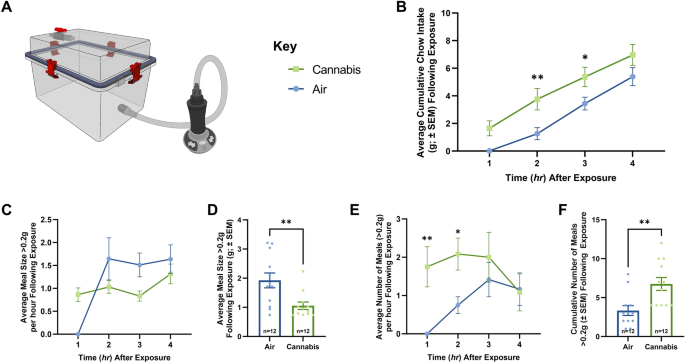2024-01-16 バージニア工科大学(VirginiaTech)
◆この発見は外科手術の実践に影響を与え、冠動脈バイパス手術での静脈グラフトの成功を向上させる可能性があります。通常、手術中に静脈の一部を摘出し、2〜4時間間保存しますが、手術後10年以上で50〜60%のグラフトが失敗します。
◆研究者は、ヘパリン化生理食塩水ではなくヘパリン化動脈血で静脈を保存することで、静脈内皮が健康的な状態で維持される可能性があると考え、臨床実践と新しい解決策の開発に影響を与えることを期待しています。
<関連情報>
- https://news.vt.edu/articles/2024/01/research_fralinbiomed_cabgstudy_0116.html
- https://karger.com/jvr/article-abstract/doi/10.1159/000535843/894152/Preserving-Endothelial-Integrity-in-Human
冠動脈バイパス手術準備中のヒト伏在静脈における内皮完全性の維持 Preserving Endothelial Integrity in Human Saphenous Veins during Preparation for Coronary Bypass Surgery
Meghan W. Sedovy;Xinyan Leng;Farwah Iqbal;Mark C. Renton;Melissa Leaf;Kailynn Roberts;Arya Malek;W. Scott Arnold;David A. Wyatt;Cynthia W. Choate;Joseph F. Rowe;Joseph W. Baker;Scott R. Johnstone;Mark Joseph
Journal of Vascular Research Published:January 12 2024
DOI:https://doi.org/10.1159/000535843
Abstract
Introduction: While multiple factors influence coronary artery bypass graft (CABG) success rates, preserving saphenous vein endothelium during surgery may improve patency. Standard preparations include saphenous vein preparation in heparinized saline (saline) which can result in endothelial loss and damage. Here, we investigated the impact of preparing saphenous graft vessels in heparinized patient blood (blood) versus saline. Methods: Saphenous vein tissues from a total of 23 patients undergoing CABG were split into 2 groups (1) saline and (2) heparinized patient blood. Excess tissue was fixed for analysis immediately following surgery. Level of endothelial coverage, oxidative stress marker 4-hydroxynonenal (4HNE), and oxidative stress protective marker nuclear factor erythroid 2-related factor 2 (NRF2) were evaluated. Results: In saline patient veins, histological analysis revealed a limited luminal layer, suggesting a loss of endothelial cells (ECs). Immunofluorescent staining of EC markers vascular endothelial cadherin (VE-cadherin) and endothelial nitric oxide identified a significant improvement in EC coverage in the blood versus saline groups. Although both treatment groups expressed 4HNE to similar levels, EC blood samples expressed higher levels of NRF2. Conclusion: Our data indicate that use of heparinized patient blood helps preserve the endothelium and promotes vein graft health. This has the potential to improve long-term outcomes in patients.
Plain Language Summary
During coronary artery bypass grafting, preparation of saphenous veins with heparinized saline damages the endothelium and increases oxidative stress. Saphenous vein grafts are prone to failure through blockages caused by neointimal hyperplasia or thrombosis. Endothelial damage and loss are thought to be major contributing factors to graft failure. Here, we find that preparation and preservation of saphenous vein grafts with patients’ own heparinized blood is sufficient to ensure endothelial preservation and protect vessels from oxidative stress compared with heparinized saline. These changes may increase long-term graft patency rates.



